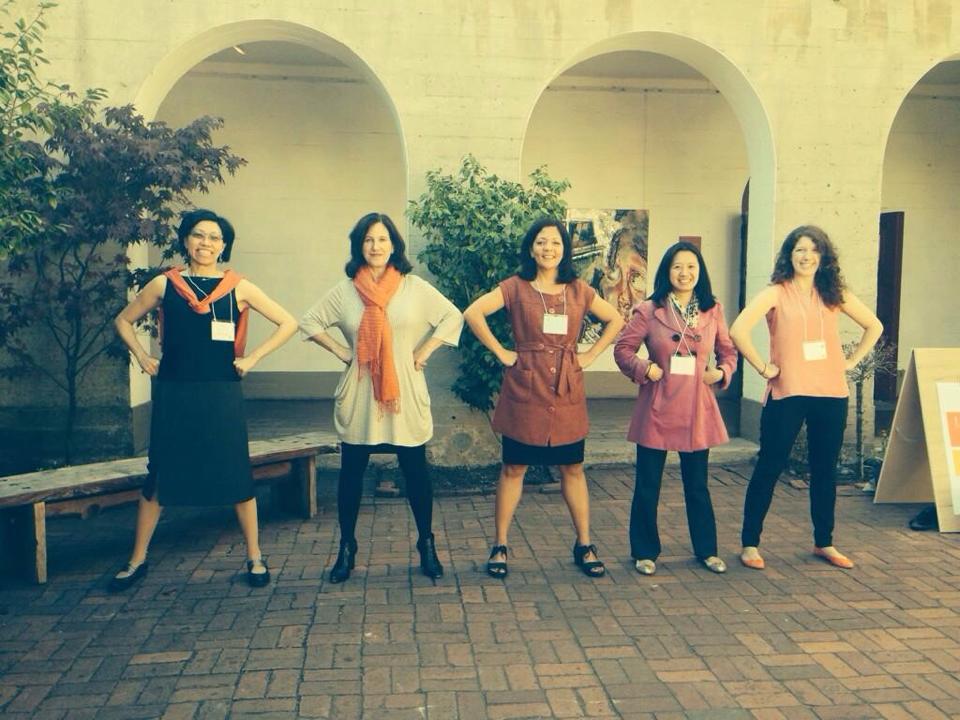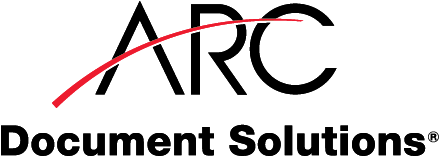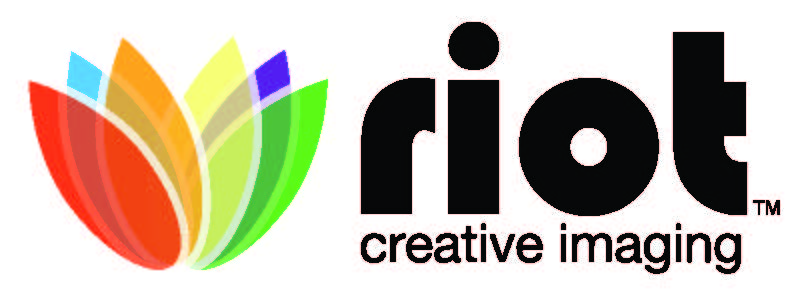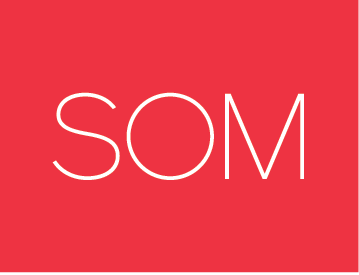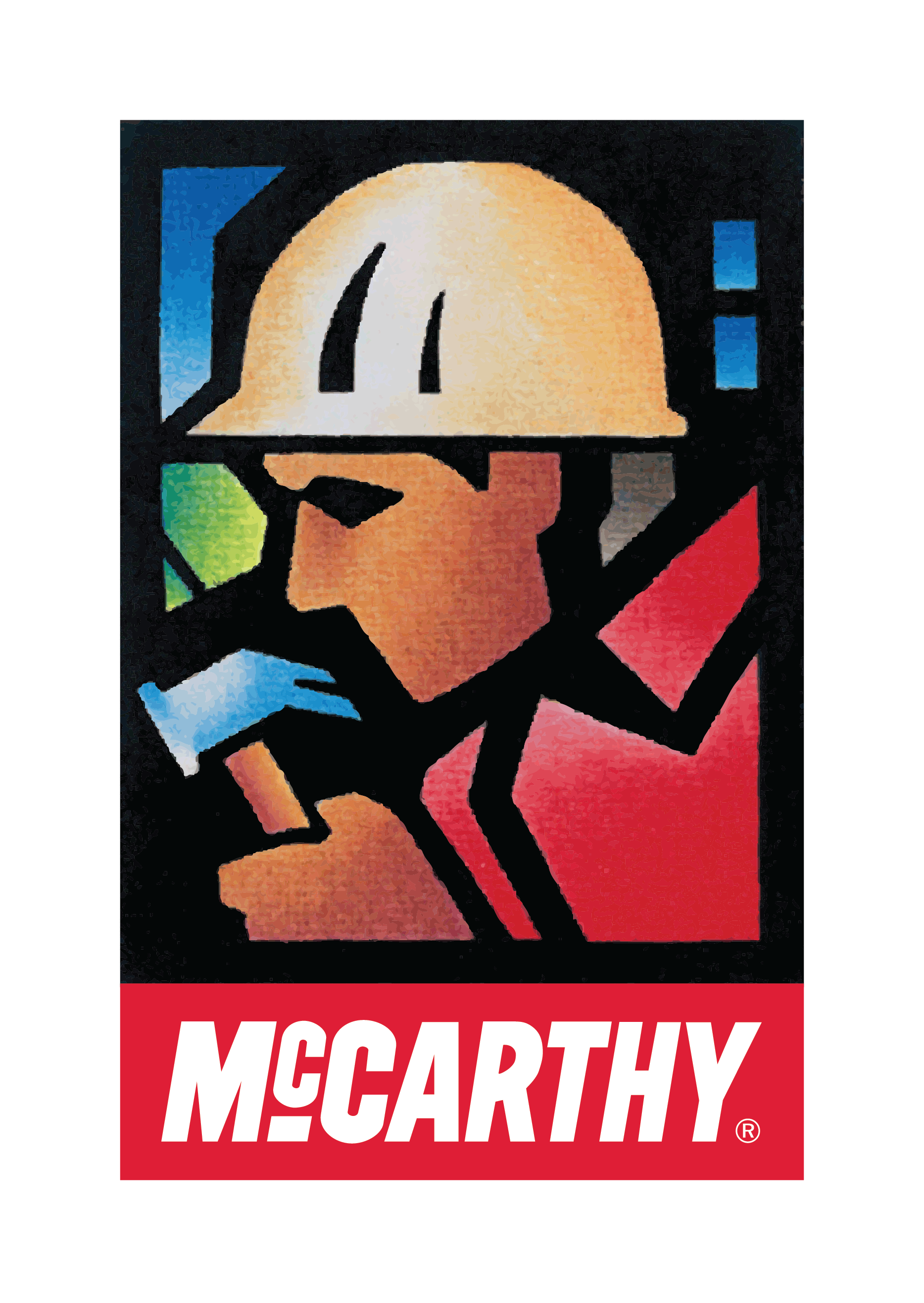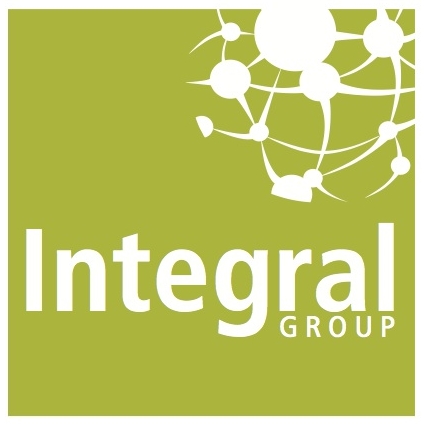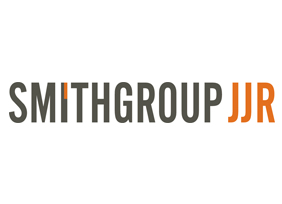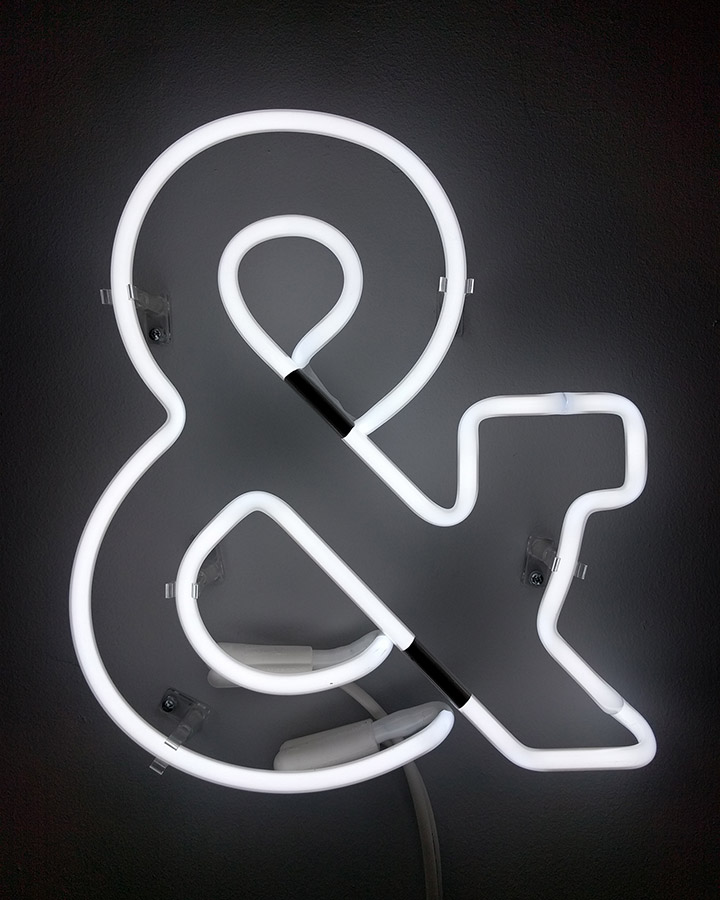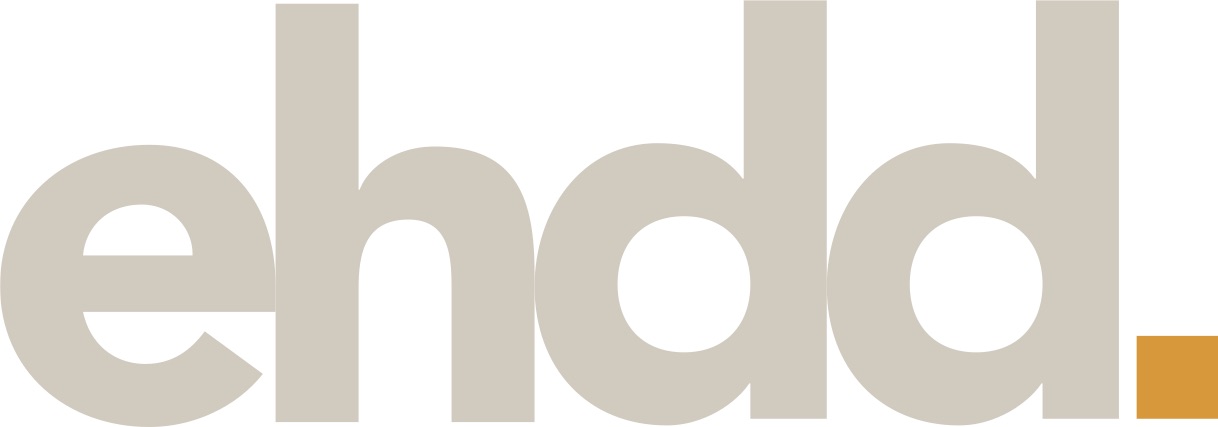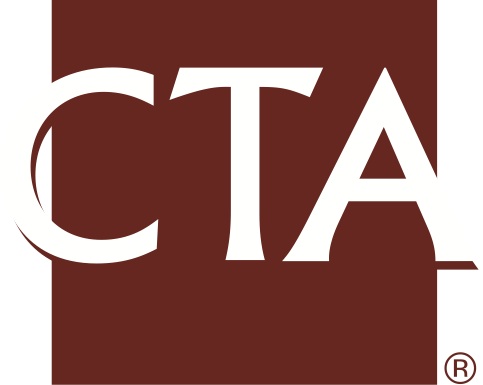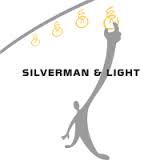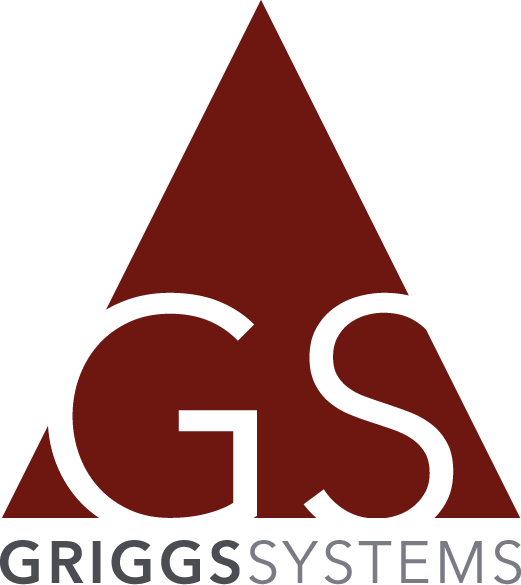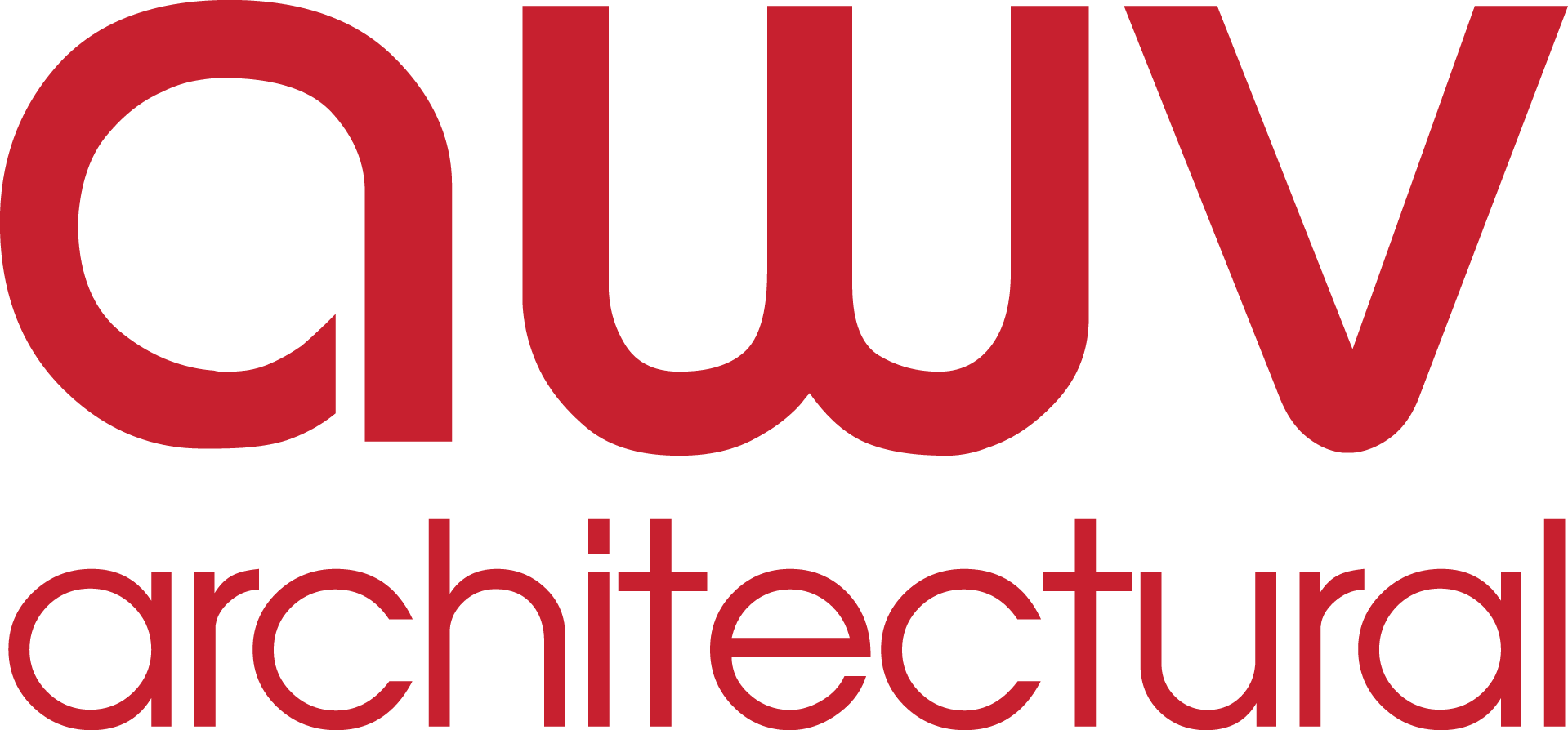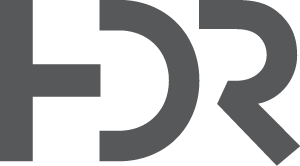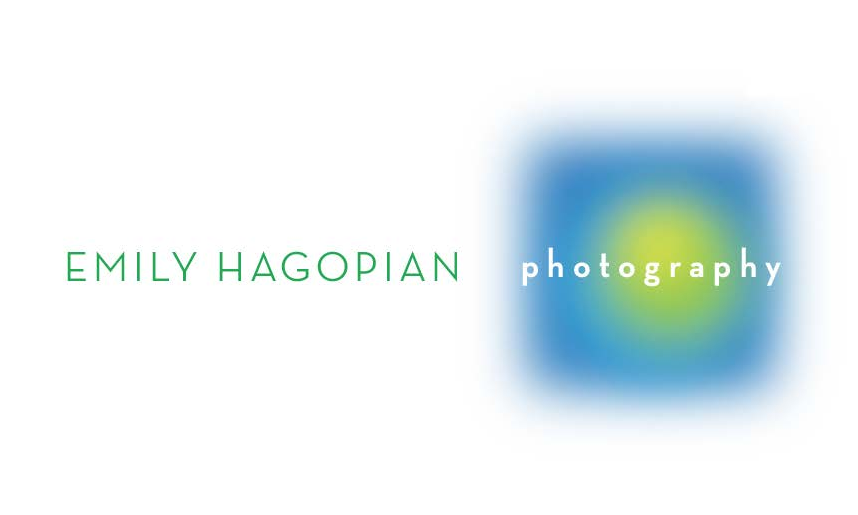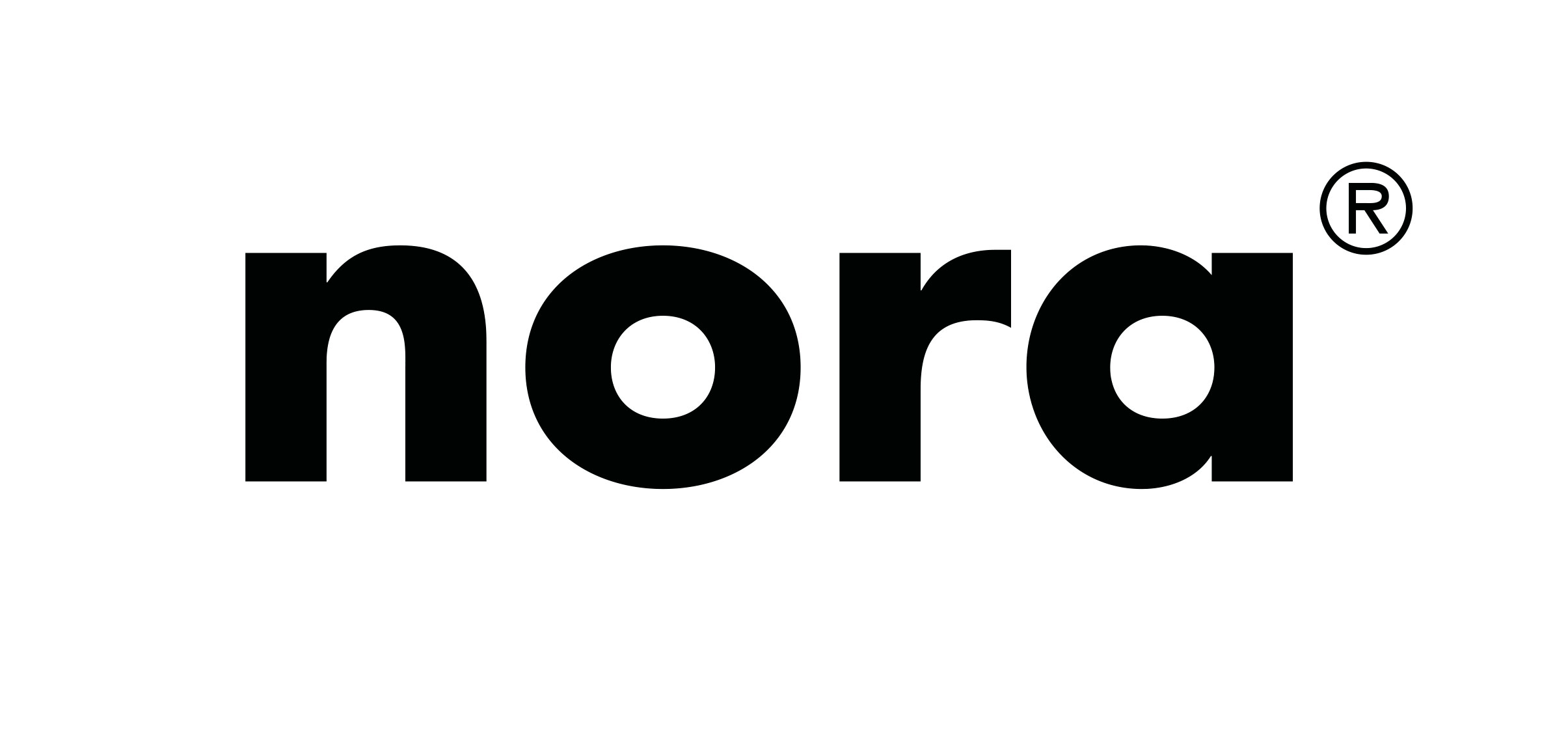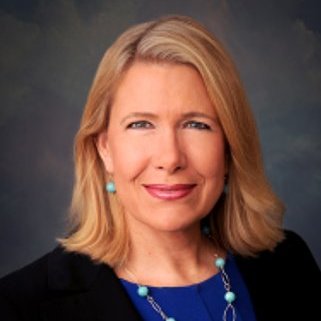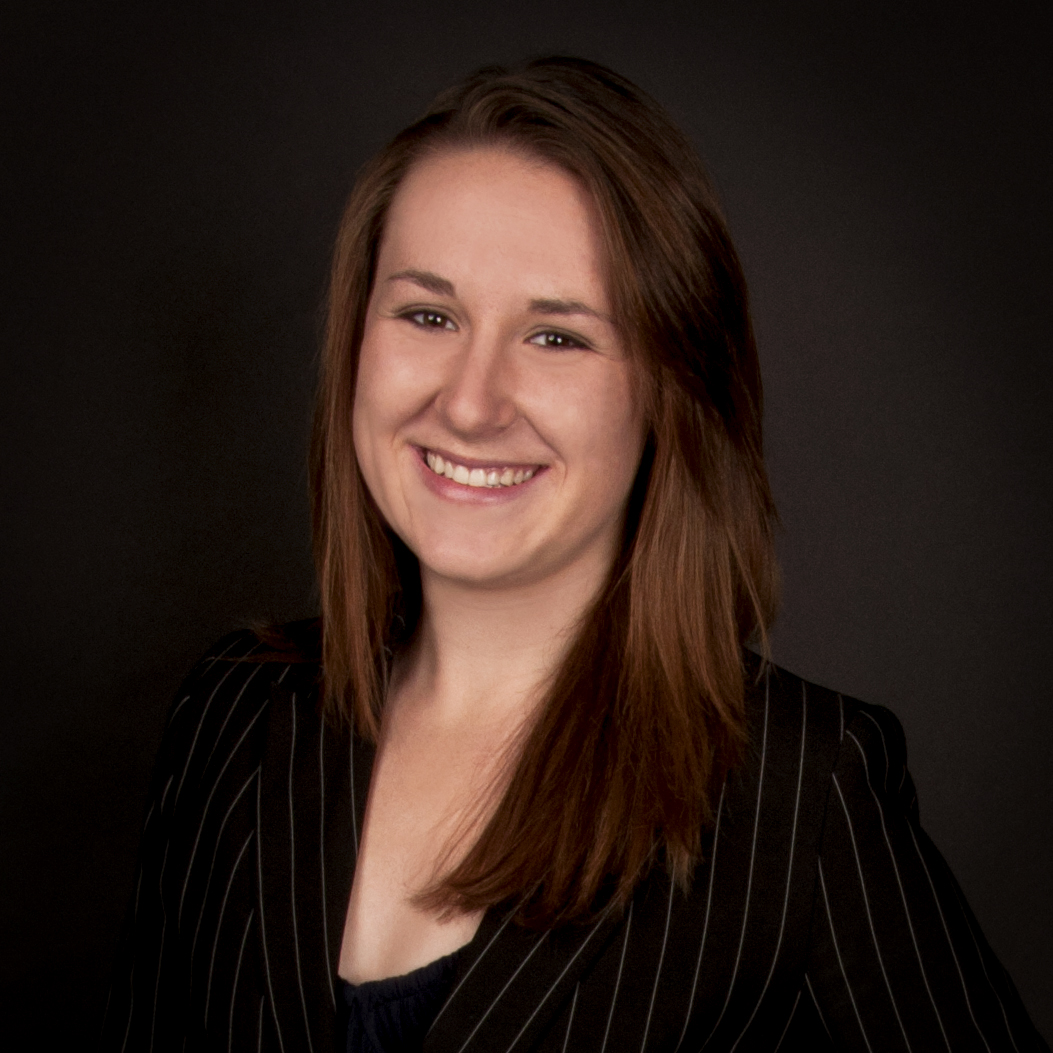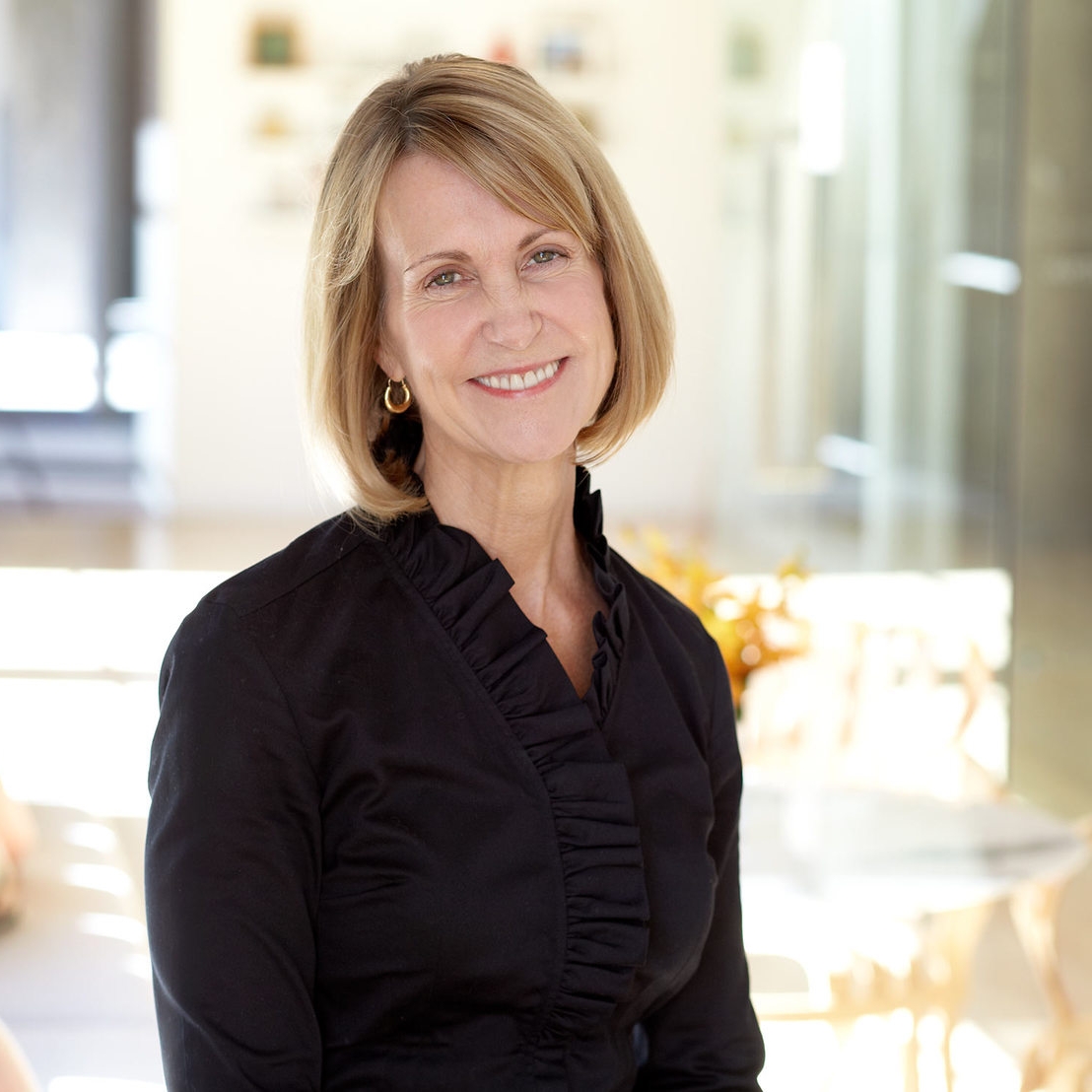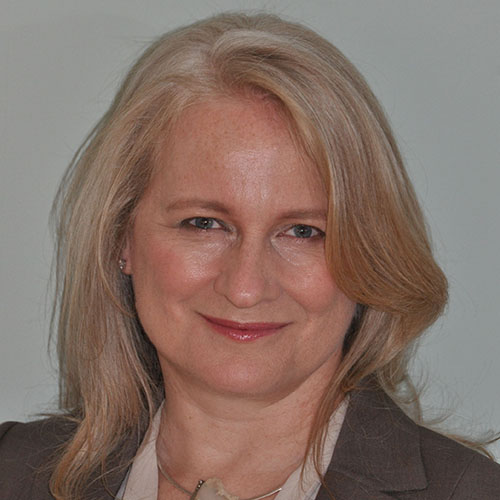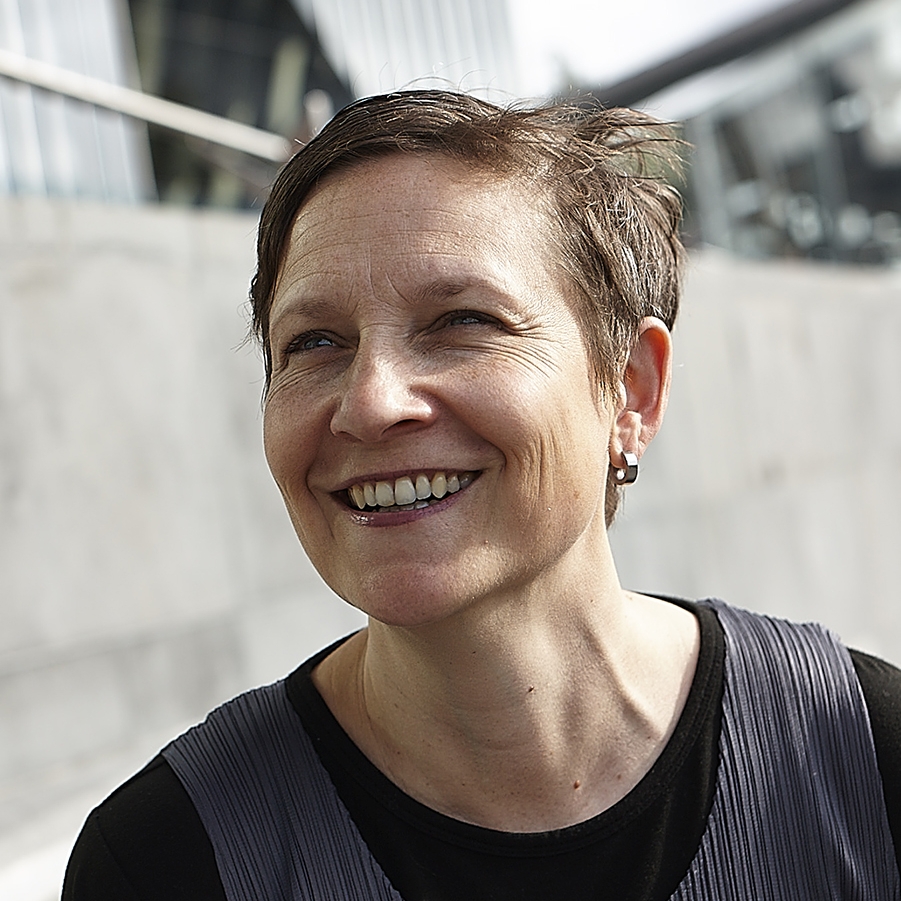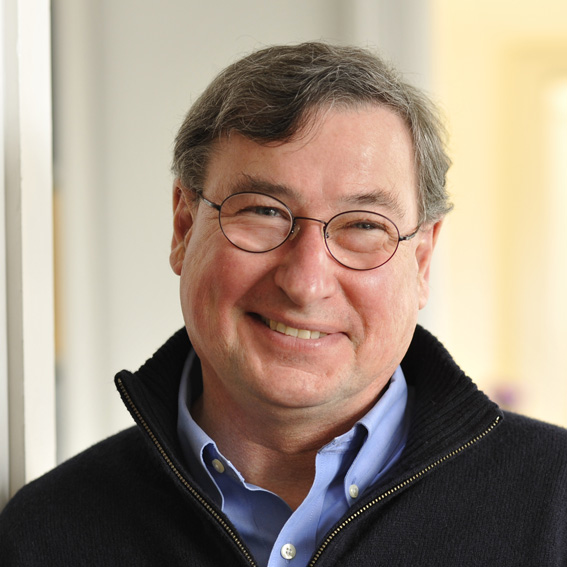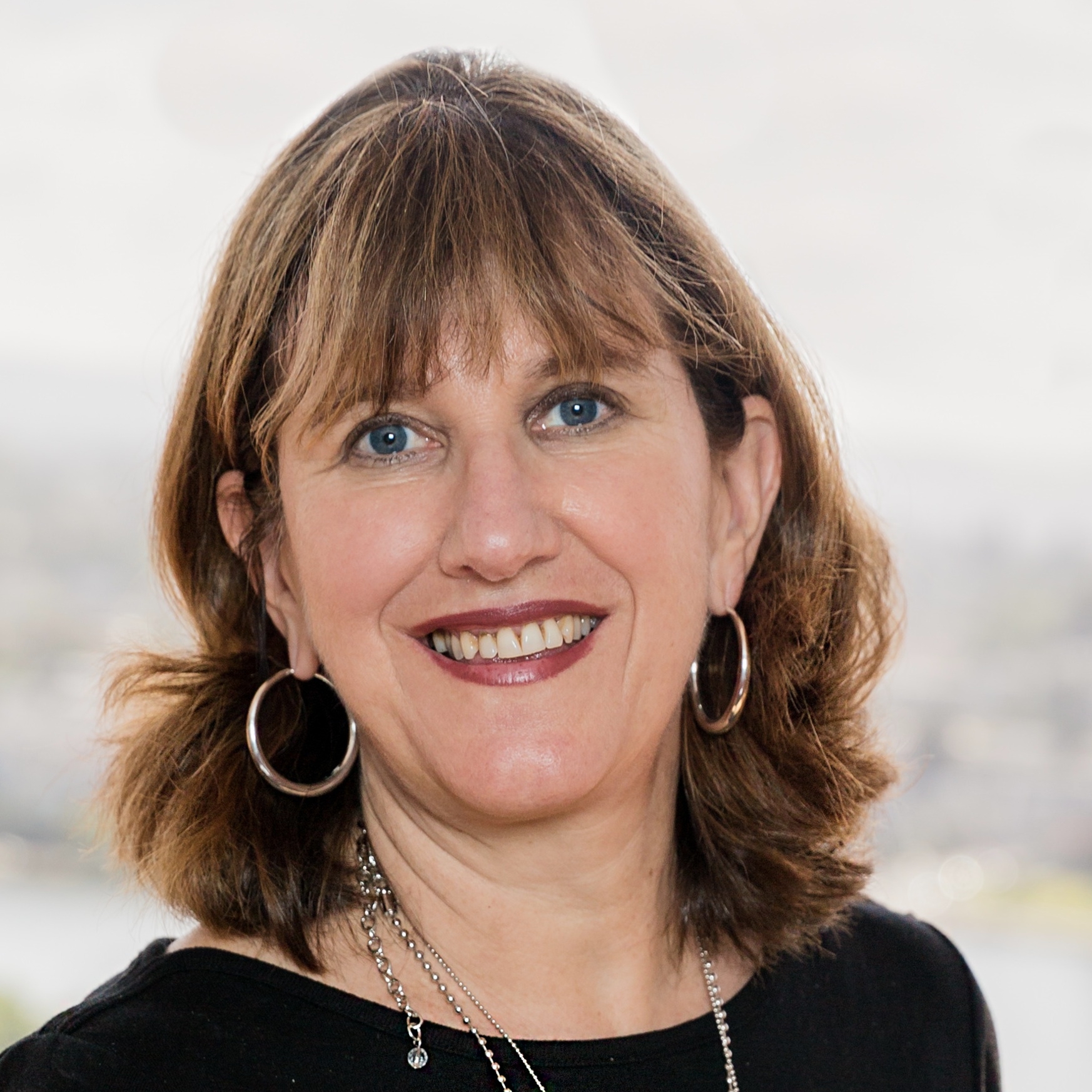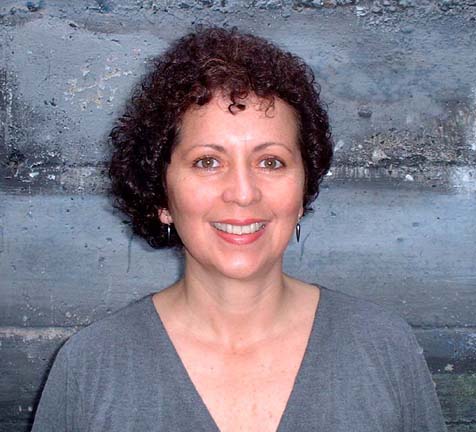Interview by Molly Thomas and Sam Moeller
The 4th annual AIA San Francisco Equity by Design (EQxD) Symposium takes place this weekend, on October 29 at the San Francisco Art Institute. Formally known as The Missing 32% Project, EQxD is focused on achieving equitable practice in architecture in order to retain talent, advance the profession, and engage the public in understanding architecture’s true value and impact. At this year’s event, the findings of the 2016 Equity in Architecture Survey will be presented, further exploring the conference theme, “Metrics, Meaning & Matrices” through a series of interactions including break-out sessions, panel discussions and an outdoor installation.
We sat down with EQxD Founding Chair Rosa Sheng, Co-Chair Lilian Asperin, Research Chair Annelise Pitts, Symposium Chair Julia Mandell, and Industry Outreach Liaison Saskia Dennis-van Dijl, to talk about this year’s theme and how the movement has evolved to encompass the broader topic of equity in the workplace.
How did you get involved with EQxD and what does the movement mean to you?
ROSA: In June 2013, after speaking at the 2nd Missing 32 Percent Symposium, I founded the committee with my fellow panelists (including our lovely Saskia!) as a way to raise awareness of the gender disparity in the industry. It’s exciting to see what started off as a conversation shift into a movement with actual results.
JULIA: I'm the newest member of the core team, and I’ve been involved with EQxD for two years. I heard about the committee after the 2014 survey was published, and I knew I wanted to be part of the movement.
LILIAN: January of 2014, my father’s passing was the first time in my career that my professional and personal trajectories massively collided. My involvement with Equity by Design was meaningful during this period of personal grieving and upheaval because I was experiencing a particularly difficult pinch point. Crafting the Mission statement energized me. We shared an interest in being of service to our talent, with a capital “T”. It resonated with me that so many of us agreed that people’s wellness is directly related to a thriving profession in Architecture.
SASKIA: I asked Rosa (as a favor!) to be on a panel for the Missing 32% conference to talk about Communication and Negotiation. I knew Rosa through my work with BCJ — I don’t think either of us necessarily had the issue of women in architecture on our radar. That conference really galvanized me, and I quickly got involved in the Equity by Design research project and the resulting conference in 2014.
Explain the name The Missing 32% and how it transformed into the movement that is known as Equity by Design.
ROSA: The Missing 32% resulted from an incubator event conceived and produced in 2011 by the AIA SF Communications Committee. It is a jarring reminder that nearly one-third of women with professional degrees in architecture do not become licensed architects, AIA members, or senior leaders in the profession. Over the years, the phrase has evolved to encompass a broader conversation of equitable practice for everyone, which is reflected in the current name, Equity by Design.
SASKIA: The term Equity by Design is very intentional. Equity is about everyone and not only women. And we are design thinkers and design professionals. Our goal is to gain knowledge and share best practices...to achieve Equity by and through Design!
What is the significance of this year’s symposium theme “Equity by Design: Metrics, Meaning, and Matrices?”
ROSA: The theme builds upon the last five years of advocacy and sets an exciting path for our committee’s next “chapter”. Equity is for everyone. We are approaching the mission's design holistically and we're not just looking at a small scale. We're looking at a scale beyond our industry — equity for architects, design collaborators, clients, and our communities. We are being intentional about creating a entirely new lexicon to foster actionable change.
ANNELISE: We must leverage metrics to track progress on how the gender dynamics are shifting. If we want the ratios within our profession to change, we need benchmarks for comparison and time to review, discuss, and adjust our course of action based on the findings.
LILIAN: In terms of meaning, we seek meaning at different intervals in our careers and in the connections we make. Oftentimes, we end up feeling like we have to make a choice between personal and professional growth, but by focusing on “the bigger meaning,” we are inspiring changes that will provide work-life synergies. Many of us are drawn to architecture because we are filled with excitement about how we can change the world — we are drawn to meaningful careers, and when we see the impact and influence possible through our work, we raise awareness of architecture’s true value within our society while simultaneously realizing personal and job satisfaction.
JULIA: The last component, matrices, well, we can adopt matrices to inspire advocacy and action. By nature, we are makers, problem solvers, and creators. Matrices enable us to become originators of new approaches and frameworks so that we can create more equitable environments within architectural practice and the places we design.
The 2014 Equity in Architecture Survey put hard numbers to what many of us have experienced in architecture. How have the metrics helped you affect change? Why is this survey unique and what do you hope to accomplish with the 2016 survey?
ROSA: In 2014, we asked many questions geared toward working parents but when we reviewed the data, we recognized the need to expand the questions to encompass caregiving and other career pinch points. So for the 2016 survey we asked more questions about non-parent caregivers and people with a broader spectrum of families. This evolution in the survey questions and data is helping us affect tangible action because we are attempting to reach people individually. We are taking the time to understand what matters on a personal level versus using a blanket approach.
LILIAN: We’re trying to use the survey to spur constructive conversations about what’s happening. The data makes equity issues irrefutable. We can now say, “Here’s a pattern. What are we going to do about it?”
ANNELISE: The Equity in Architecture Survey is so useful because we ask questions in a very objective way. We do not lead questions with a biased statement, such as “do you feel this?” We ask specific questions. For example, we asked: “Are you an architect?” “Did you graduate from architecture school?” “Do you have friends in your current firm?” “We then cross-tabulated these objective responses with questions about their work load.
SASKIA: The 2014 survey and the widespread publicity that resulted caused many firms large and small around the country to take a deeper look at their own cultures, policies and behaviors. It provided both leaders of practice and staff with a language and a series of benchmarks by which to better understand their own challenges. Whether it is in revamping their performance review process or better integrating not only flexible policies but flexible culture, architectural firms are slowly but surely making significant changes! I am particularly interested in how this impacts people in practice and have focused on that rather than broader policy questions.
What has been a consistent topic over the years? What’s emergent?
ROSA: The topic of success and how it is defined is on the forefront. We’re learning that success is not merely scaling your business and making the most money. Although there is value in growing the firm practice financially, we are finding that that more people value success in their careers through meaningful work, working with talented and collaborative teams, and control of work-life integration — a swinging pendulum between professional and personal growth.
ANNELISE: Work-life integration is an emerging key phrase in many industries and we are looking at the ways in which the architecture industry is acknowledging this need and making it a reality. Professional growth — getting promoted, working on various projects, leading groups, and thriving in the work environment help achieve equity. But nurturing personal growth — supporting family needs, individual goals and giving meaning to work are just as important. with monetary recognition and increased responsibility. They go hand in hand.
LILIAN: Adding to the topic of success — it is about being able to curate the life you want. For example, we crossed paths with a woman who was an artist, and while she doesn’t have children, she values work-life integration. She wanted a four-day work week with Fridays off to devote to work different from her day to day, which was for her, a wellspring of inspiration. She discussed her needs and made them clear to her employer and team. After a while, because her colleagues saw her coming back to work refreshed and energized, they behaved in ways that were protective and encouraging of her schedule. By communicating what was important to her, this talented designer was able to structure her week in a way that was more focused on being present and joyful.
SASKIA: Flexibility is a consistent topic. There is no doubt that men and women are looking to develop work and life integration that isn’t just about being able to juggle or “time manage” more effectively. Whether you’re a parent or have a strong passion outside of architecture, you want to be able to do it all, and I think there are some amazing examples of people and firms figuring out how to make that happen! And as an evolution of the thinking about flexibility and integration, we are all increasingly cognizant that this is not solely an issue around caretaking. It is instead about people having multifaceted passions and interests that have value to themselves and their employers.
I have seen an increasing awareness and focus on the importance of thinking through the promotion process in a much more rigorous way. I’d like to think the Equity by Design 2014 research had a hand in helping to raise awareness of developing a transparent and consistent promotion process reliant less on relationships and more on assessment of actual performance and achievements.
I also know that many larger firms are grappling with issues of mentorship and sponsorship. Many have had programs in place that haven’t always been effective for a diverse audience in the long term. And so how can we not only encourage mentorship, but create systems of sponsorship for women, for people of color, and allow everyone to benefit from those relationships?
How do you foster equity within leadership + within the EQxD symposium itself?
ANNELISE: At the symposium, we will present the early findings of the 2016 survey through a series of panel discussions throughout the day. In between these sessions, we’ve designed a series of diverse and interactive breakout workshops with a framework that encourages participants to engage in a dialogue of what is meaningful in their career experiences.
JULIA: We can foster equity within leadership by encouraging others in our industry to communicate their needs, take initiative and action, and learn to negotiate. We can encourage people to fight their fears and speak up. We can also begin to think of everyone as a thought leader — from the person who has 5, 10, 15 or 25+ years of experience.
ROSA: Architects can be averse to negotiation, both within their direct work environment and when pitching a new business project. Our survey results still show that a low amount of professionals engage in negotiation. We’re trying to foster equity by providing essential skills for all professionals to overcome these obstacles —one-day negotiation sessions, for instance, to empower people and give them the right tools to know WHEN to negotiate and HOW to do it confidently and succinctly.
LILIAN: We can encourage our Talented colleagues to adopt a “just do it” attitude. If something is not happening that needs to be happening, and a person steps up and takes on that role, that person is contributing in ways that foster equity and meritocracy. Ultimately, this is the way leadership works, at any level of experience. It’s leading from any and every chair. You start taking action and say: This is what I think will make a difference. This is the future I want to be part of.
JOIN US ON TWITTER @AIASF AND @EQUITYxDESIGN via HASHTAG #EQXDM3 on 10/29 AS WE LIVE TWEET THE SESSIONS!
AIASF Equity by Design Symposium Sponsors
Special thanks to our amazing sponsors for their dedication and support. We look forward to seeing you there!

